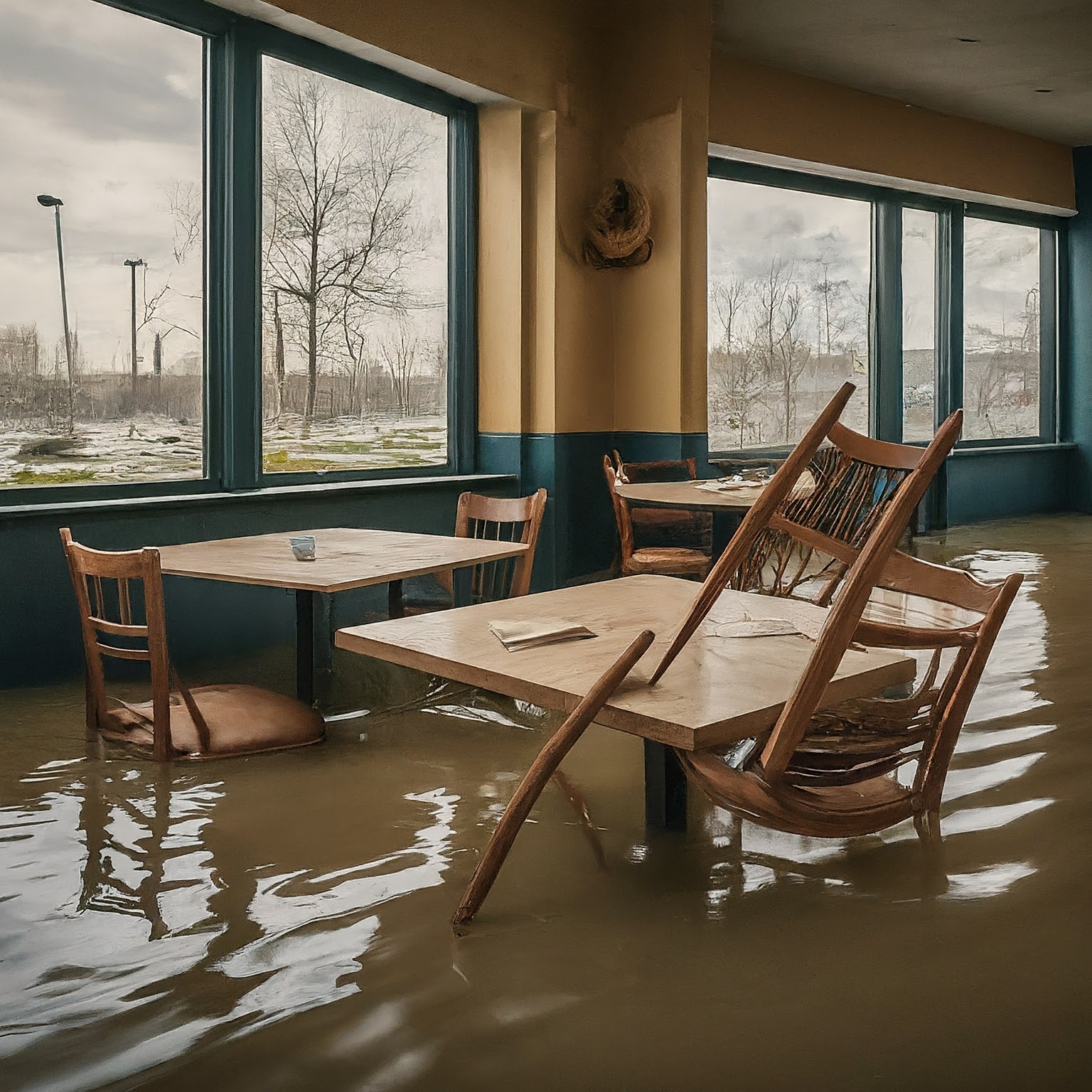Articles
Prepare Your Business Today for Disasters.

March. 5, 2024, 3:40 PM PST
By: John Andresen
Adapted by permission of the original author:
Marshall Doak
2024 is shaping up to be one heck of a year. The National Oceanic and Atmospheric Administration (NOAA) predicts that in 2024 we will see significant hurricanes, tornados, flooding, and droughts. The Center for Disease Control (CDC) warns of increased COVID-19 cases. If past election years are any indication of what to expect, we should see increased protests, riots, and increased shootings in major cities. In a year where all hell is breaking loose, how do you prepare your business?
Disaster-proofing your business requires proactive measures that not only protect your assets but also prioritize the safety and well-being of your employees. By investing in these strategies, you can fortify your business against a variety of potential threats and ensure its continued success amidst adversity.
Establishing Financial Resilience
- Develop a robust financial plan that not only forecasts revenue streams but also factors in potential economic downturns. Allocate resources to build an emergency fund, enabling your business to weather disruptions without compromising essential operations.
- Embrace diversification by expanding your revenue sources across multiple markets and customer segments. This strategic approach reduces reliance on a single revenue stream, thus mitigating the impact of economic fluctuations.
- Regularly review and update your insurance coverage to ensure comprehensive protection against a myriad of potential risks, including natural disasters, business interruptions, property damage, and civil unrest.
Navigating Natural Disasters
- Craft a detailed Business Continuity Plan (BCP) that outlines specific protocols for maintaining critical operations during and after natural disasters. Incorporate measures for data backup, communication strategies, relocation plans, and employee safety protocols into your BCP.
- Invest in physical preparations tailored to your business's geographical location and potential threats. This could involve fortifying your infrastructure with hurricane shutters, flood barriers, fire prevention systems, or seismic retrofitting, depending on the prevalent risks.
- Stay informed and connected by monitoring weather forecasts and emergency alerts issued by local authorities. Keep your BCP dynamic and adaptable, updating it as per the evolving situation to ensure timely responses to emerging threats.
Addressing Man-Made Disruptions
- Conduct a comprehensive risk assessment to identify potential vulnerabilities within your business premises. Implement appropriate security measures such as surveillance systems, alarm systems, access control protocols, and cybersecurity measures to mitigate risks.
- Develop a robust communication strategy encompassing internal and external stakeholders. Establish clear communication channels utilizing diverse mediums such as email, text messages, phone calls, and social media platforms to disseminate information effectively during disruptive events.
- Cultivate meaningful relationships with local authorities and community organizations. Collaboration with these entities fosters a supportive environment and facilitates coordinated responses during times of crisis.
Additional Considerations
- Regularly review and update your disaster preparedness plans in response to changing circumstances and emerging threats.
- Conduct comprehensive training sessions for employees to ensure they are well-equipped to fulfill their roles and responsibilities during emergency situations.
- Practice your BCP through regular drills and simulations to identify potential gaps and refine your response strategies accordingly.
By diligently implementing these measures, businesses can enhance their resilience and readiness to confront various challenges, ensuring continuity of operations and safeguarding their long-term viability.
